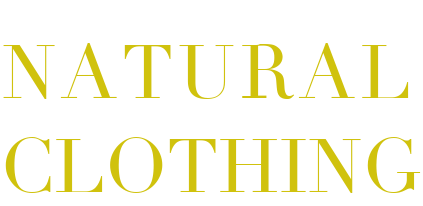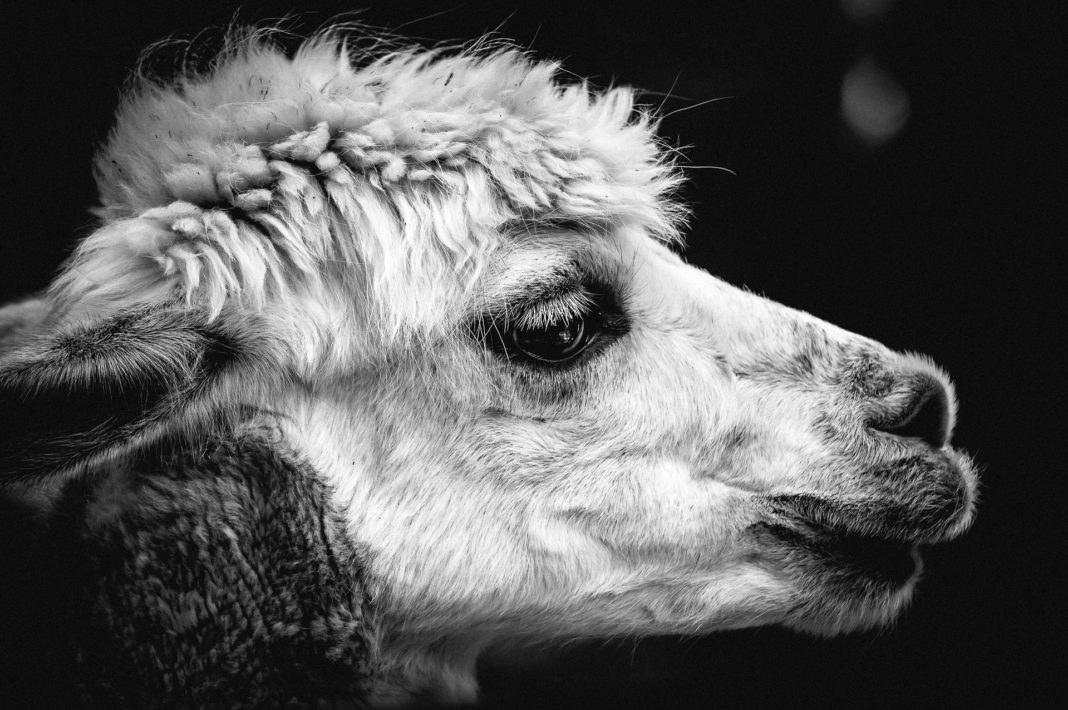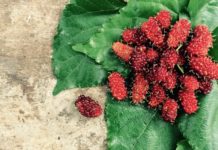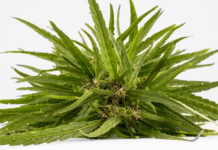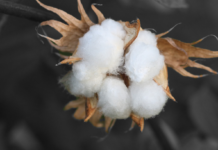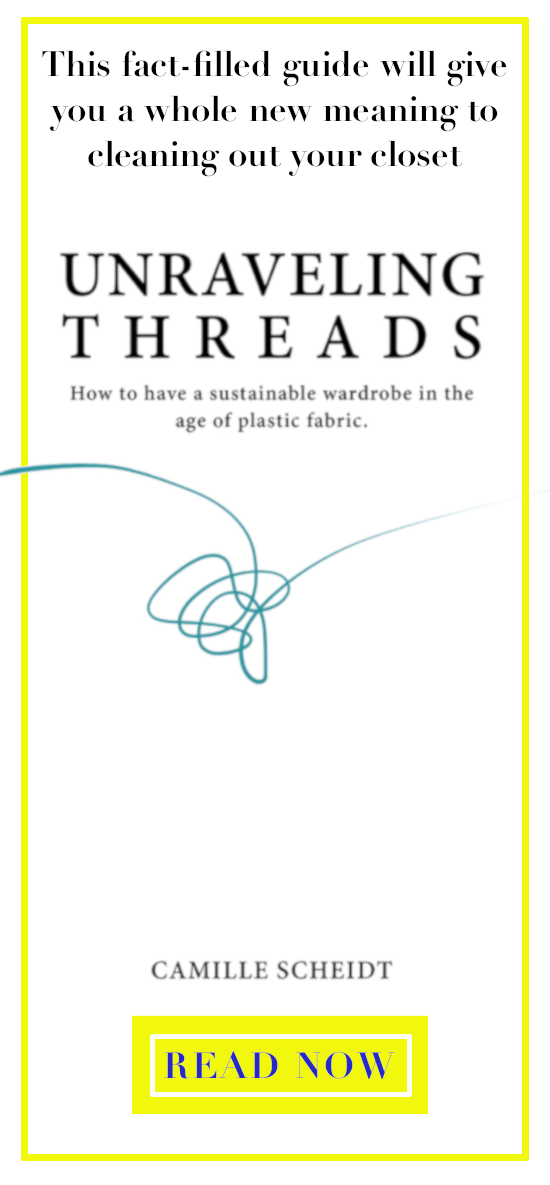Wool is a natural fiber that is collected from animals. It is a broad category that includes sheep wool, cashmere and mohair produced by goats, angora from rabbits, quiviut from muskoxen, as well as wool from the Camelidae family (alpacas, llamas, camels, etc.). The fiber itself is mostly made of protein and a small percent of lipids. Since wool is made from naturally occurring protein, it is fully biodegradable.
Wool differs from hair and fur in that it is crimped and elastic. Wool is collected from animals through a process called shearing. Shearing, when done correctly, does not harm the animals. There are also a number of organic certifications that, when met, help ensure high safety standards and ethical treatment for the animals.
Wool fibers are scaled and crimped (this happens naturally during growth). In textile production, the scaling of the fiber helps the individual fibers lock together into threads or yarn. Since hair and fur have little to no scale and are not crimped, they do not have the same ability to bind into yarn.
When the fibers are spun together, the final product has greater volume due to the crimped property of the wool. Because of the crimp, the fibers do not lock tightly into each other, but instead leave pockets of air. These air pockets help the fabric retain heat. Wool does not transfer heat easily, making it a great textile for insulation.
what are the properties of wool?
Wool absorbs both water and sound. The fiber can absorb almost one-third of its weight in water. It also has a higher temperature at which it ignites than cotton. Wool is often used in clothing for firefighters and soldiers as well as carpeting in high safety areas like planes and trains. Wool is naturally flame resistant, due to the structure of the fiber and its high content of water and nitrogen. Wool has a low rate of flame spread, does not melt like synthetic fabrics, and burns into a char that is insulating and self-extinguishes. Because of this, wool is a fantastic alternative to chemical based flame retardants for use in natural mattresses.
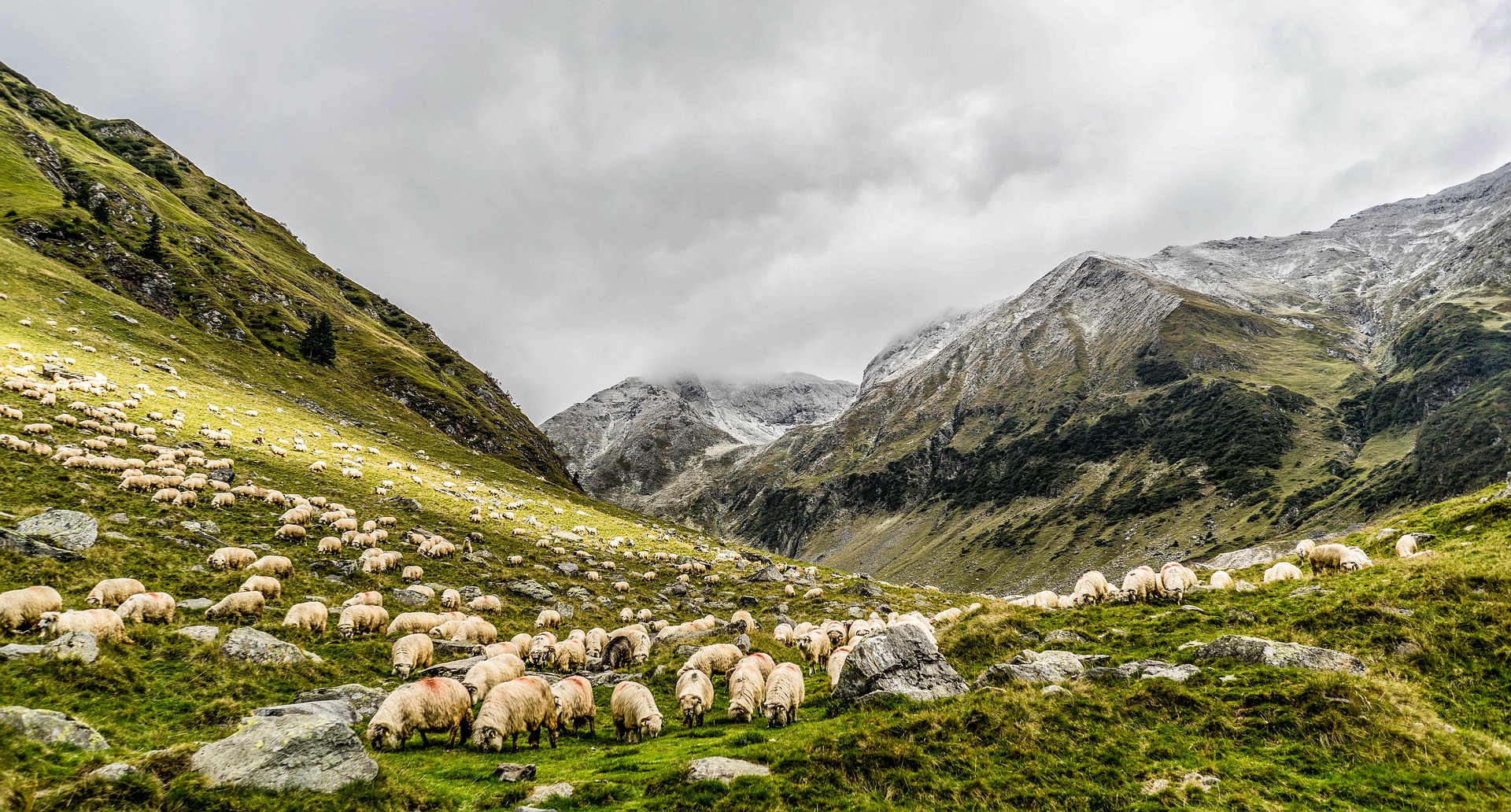
how is the quality of wool determined?
The fineness of wool corresponds with the crimp and fiber diameter. The higher the amount of crimp (measured per inch), the finer the wool. Merino wool, considered to be a fine wool, might have up to 100 crimps per inch. Coarser wool may only have 1 or 2 crimps per inch. This is evident in the hand of the final product.
Fineness also depends on the diameter of the follicle. Wool with smaller diameter follicles is softer. To put it in perspective, a hair on your head is around 40 microns in diameter. Merino wool is around half that at 23 microns. ‘Fine merino’ is classified as 18 microns, ‘surperfine merino’ is down to 16 microns, and ‘ultrafine merino’ is less than 15.5 microns in diameter. Mohair (from Angora goats) is also around 24 microns and cashmere (also sourced from goats) must be under 19 microns. Angora (rabbit angora) is one of the finest wool fibers at just 11 microns in diameter.
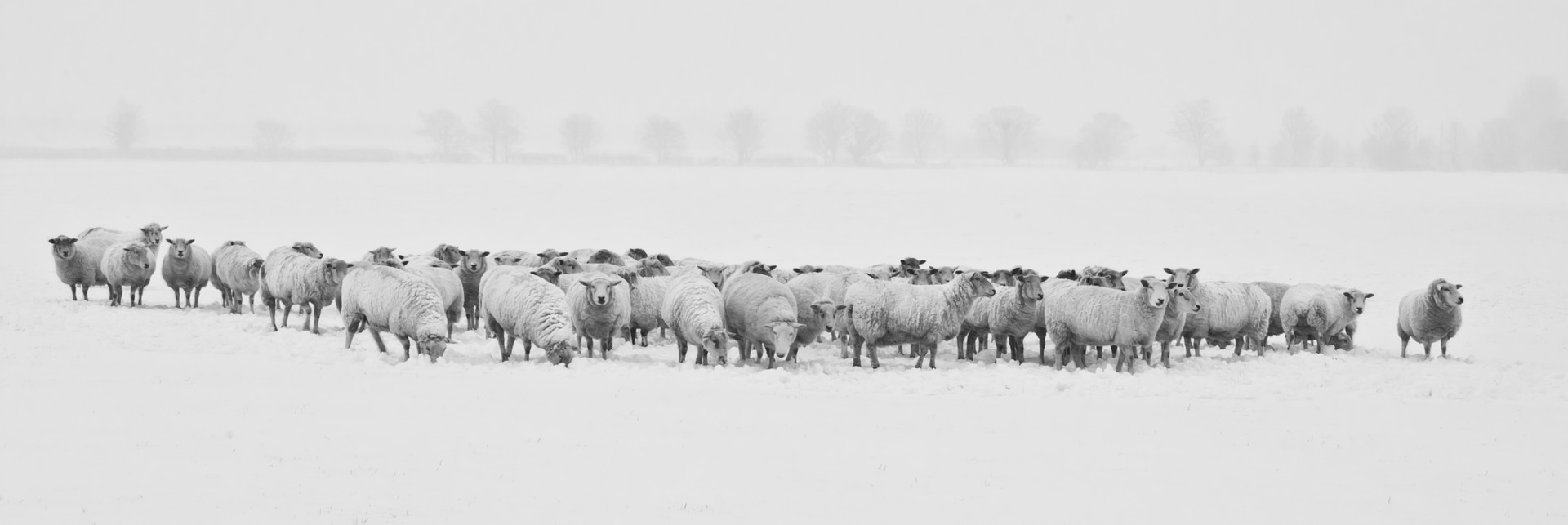
skin sensitivity to wool & wool allergies
Sheep wool contains a small amount of lanolin. Lanolin is a wax secreted by the sheep. Some people are allergic to lanolin, which makes them react adversely to wool textiles. If you do suspect a lanolin allergy, look for wools from other sources. Alpaca wool, for example, does not contain lanolin – so is therefor hypoallergenic. In addition, some find alpaca wool to be softer and warmer than sheep wool.
what is felted wool?
Felting occurs due to a mechanical agitation of wool. As a result of physical agitation or a process done with hot water and high-heat drying, the small scaling or barbs on the wool fibers hook together, tightening the weave of the textile. The textile contracts in overall size and becomes puffier in thickness.
If you have ever accidentally left a sweater in the wash and put it through the dry cycle, you’ll know exactly what felted wool looks like. If this unfortunate event has happened to you, fret not (too much), you can turn your favorite now shrunken sweater into some killer mittens! Here’s a pattern and tutorial.
